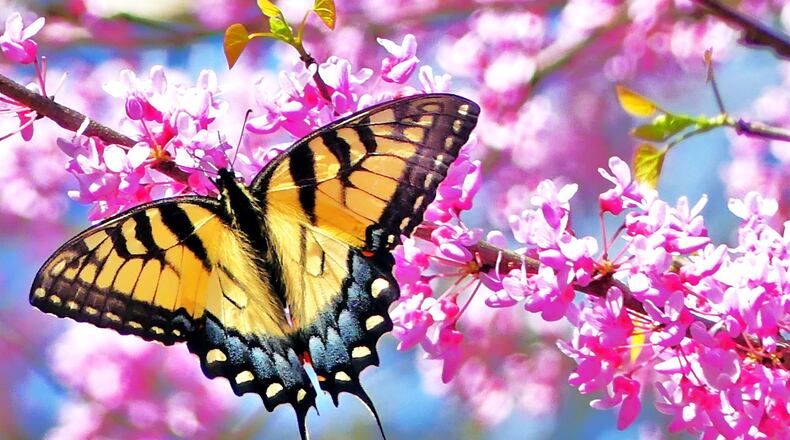There will be no argument about an early spring this year: The vernal equinox, the moment that marks the beginning of spring, will occur at 11:50 p.m. on Thursday — the first time since 1896 when the equinox will occur on March 19, rather than 20 or 21, for all time zones in the United States.
For all of us born in the 20th century and 21st century, the first day of spring typically has occurred on either March 20 or March 21. No one living today has ever seen a March 19 equinox in the United States.
An equinox occurs at the precise instant when the Earth’s axis is oriented perfectly perpendicular to the sun’s rays, marking the minute when the planet transitions from one season to the next. For us in the northern hemisphere, the March equinox is when winter ends and spring begins. In September, the autumnal equinox represents the end of summer and the beginning of fall.
The reasons for a March 19 spring equinox this year are complicated. Suffice it to say that it all has to do with the Earth’s orbit around the sun, leap years (of which this year is one) and centuries of astronomical tinkering to come up with a precise calendar.
It’s going to get even more interesting. For instance, due to time zones and other factors, there won’t be another March 21 equinox in the mainland United States until 2101.
But we don’t need calendars, of course, to tell us that spring is here. Longer days, blooming wildflowers, sweet singing birds and buzzing bees herald the season’s arrival — a glorious time in Georgia.
Somehow wildlife “knows” that spring is here. The mockingbird knows it’s time to burst into song. The dogwood tree knows it‘s time to blossom into glowing whiteness. The Eastern tiger swallowtail butterfly knows it’s time to emerge from its chrysalis and add a dash of color to a spring day.
IN THE SKY: From David Dundee, Tellus Science Museum astronomer: The moon will be last quarter on Monday. Mercury is very low in the east just before sunrise. Venus is low in the west just after dark and sets about two hours later. Jupiter, Saturn and Mars are low in the east about three hours before dawn. Jupiter and Mars will appear near the moon on Wednesday morning; Saturn will do so on Thursday morning.
About the Author
Keep Reading
The Latest
Featured

